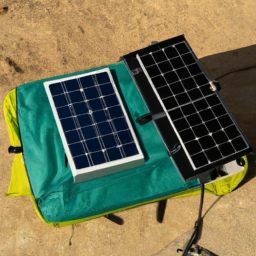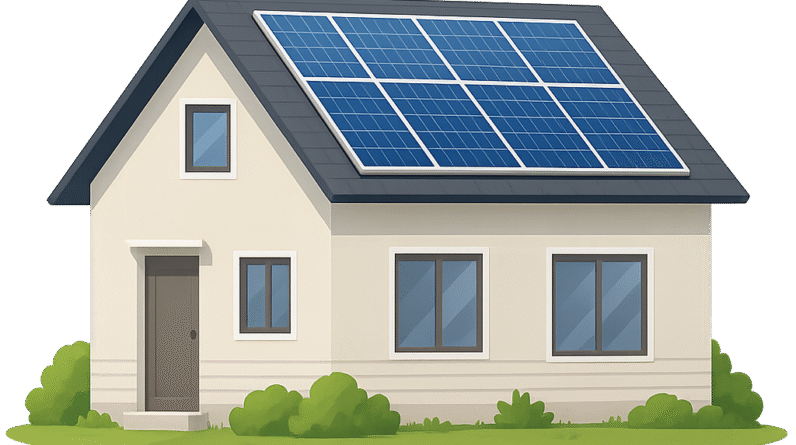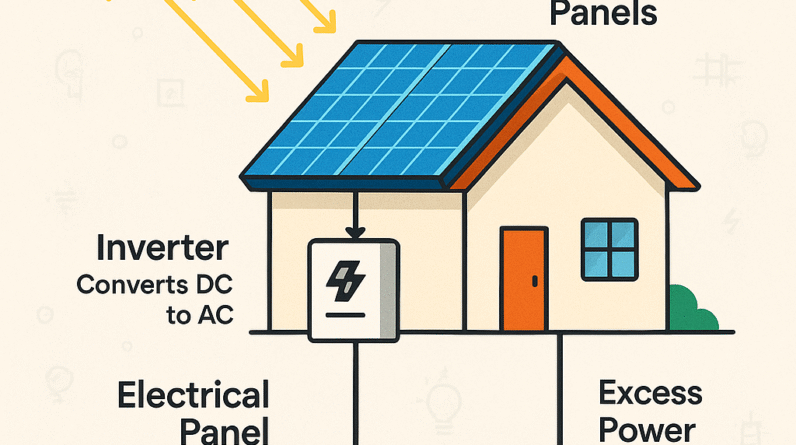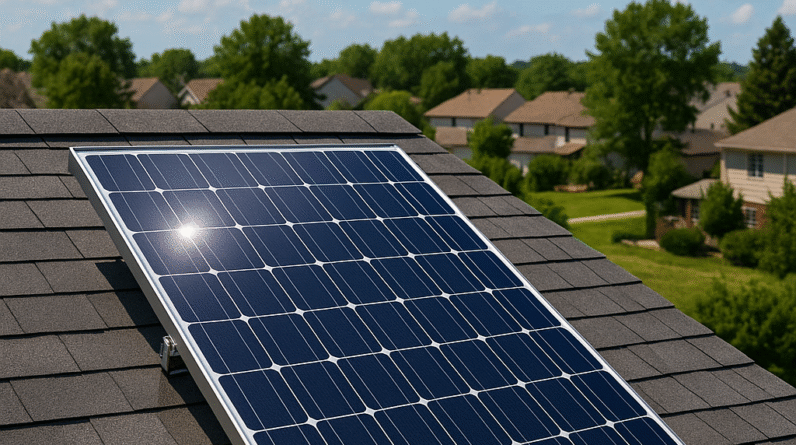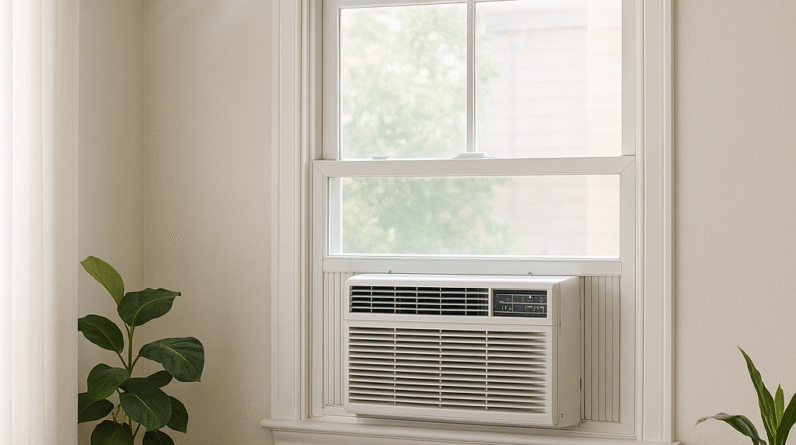
How Many Solar Panels Do I Need To Run A 12000 BTU Air Conditioner?
How Many Solar Panels Do I Need To Run A 12000 BTU Air Conditioner? So you’re considering powering your 12000 BTU air conditioner with solar panels, but you’re not quite sure how many you’ll need. Well, fret not, because we’re here to help you figure it out! In this article, we’ll walk you through the process of determining the optimal number of solar panels required to run your air conditioner efficiently. By the end, you’ll be armed with all the knowledge you need to make an informed decision about going solar. Let’s get started, shall we?

Calculating Power Consumption
Understanding BTU
When determining the number of solar panels needed to run a 12000 BTU air conditioner, it is essential to understand BTU, or British Thermal Units. BTU is a unit of measurement used to quantify the amount of energy required to raise the temperature of one pound of water by one degree Fahrenheit. In the context of air conditioning, it represents the cooling capacity of an air conditioner.
To calculate the power consumption of a 12000 BTU air conditioner, you need to convert BTU to watts. One BTU is equivalent to approximately 0.2931 watts. Therefore, a 12000 BTU air conditioner consumes approximately 3500 watts. This information will be crucial in determining the solar panel requirements.
Account for Efficiency
It is important to consider the efficiency of the air conditioner when calculating power consumption. Air conditioners vary in efficiency levels, typically ranging from 8 to 12.5 cooling EER (Energy Efficiency Ratio). The higher the EER rating, the more energy-efficient the air conditioner. Higher-efficiency air conditioners will consume less power, ultimately reducing the number of solar panels needed.
Calculating Daily Power Consumption
To determine the daily power consumption of a 12000 BTU air conditioner, you need to consider its usage time. For example, if the air conditioner runs for eight hours a day, the daily power consumption would be 28,000 watt-hours (3500 watts * 8 hours). This value will serve as the basis for matching power consumption with solar panel output.
Solar Panel Output
Understanding Solar Panel Ratings
Solar panels are rated based on their capacity to generate electricity under standard test conditions, which include a certain light intensity and temperature. The rating is usually expressed in terms of watts peak (Wp) or watts per hour (Wh). It is important to understand the solar panel ratings to determine their energy production capabilities.
Accounting for Efficiency Losses
While solar panels have a rated capacity, it is important to consider efficiency losses that can occur due to various factors such as dust, shading, or less-than-ideal solar angles. The actual energy output of a solar panel system might be lower than its rated capacity due to these efficiency losses. It is crucial to account for these losses when calculating the number of solar panels needed to meet the power consumption of the air conditioner.
Determining Daily Energy Production
To determine the daily energy production of solar panels, you need to consider factors such as geographical location, sunlight exposure, and panel orientation. By examining historical weather data and the available solar irradiation, you can estimate the average daily energy production of solar panels. This estimation will aid in matching power consumption with solar panel output.
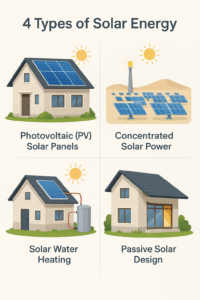
Matching Power Consumption with Solar Panel Output
Determining the Required Solar Panel Capacity
To determine the required solar panel capacity, the daily power consumption of the air conditioner must be compared to the estimated daily energy production of solar panels. For instance, if the air conditioner consumes 28,000 watt-hours daily, and the solar panels produce an average of 25,000 watt-hours per day, you would need to increase the solar panel capacity to meet the power consumption.
Considering System Losses
It is crucial to consider system losses when matching power consumption with solar panel output. System losses can occur due to factors such as wiring inefficiencies, inverter losses, or battery charging losses in off-grid installations. Including a buffer in the solar panel capacity calculation to account for these losses ensures a reliable and efficient solar panel system.
Factors Affecting Solar Panel Performance
The geographical location plays a significant role in solar panel performance. Areas with more hours of sunlight tend to yield higher daily energy production. Additionally, regions closer to the equator receive more direct sunlight, which further increases solar panel performance. Understanding the geographical location’s solar potential helps in accurately estimating solar panel output.
Sunlight Exposure and Angle
The amount of sunlight that solar panels receive directly affects their energy production. Shading from nearby objects or buildings can reduce the overall output of a solar panel system. Furthermore, the angle at which solar panels are installed can optimize their exposure to the sun’s rays. Adjusting the solar panel angle according to the latitude of the installation site can maximize sunlight absorption and increase energy production.
Temperature Effects
Solar panel performance can also be influenced by temperature. High temperatures can cause a decrease in energy production due to the inverse relationship between temperature and voltage. While solar panels generally operate more efficiently in cooler temperatures, excessively low temperatures can also impact their performance. It is important to consider temperature effects when sizing a solar panel system.
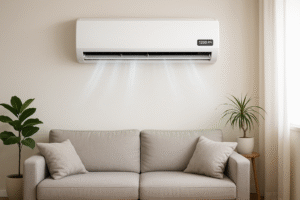
Sizing the Solar Panel System
Total Solar Panel Capacity Needed
To size a solar panel system, the cumulative solar panel capacity needed is calculated. This calculation involves considering the daily power consumption of the air conditioner, the efficiency of the solar panels, and accounting for system losses. By accurately determining the total solar panel capacity needed, you can ensure sufficient energy production to power the air conditioner effectively.
Battery and Inverter Requirements
In addition to solar panels, sizing the solar panel system requires considering the battery and inverter requirements. Batteries are necessary for storing excess energy generated during peak sunlight hours for use during cloudy periods or at night. The inverter converts the direct current (DC) energy generated by solar panels into alternating current (AC) energy that powers the air conditioner. Properly sizing the batteries and inverter ensures sufficient storage and conversion capabilities.
Energy Storage
Energy storage is a crucial consideration when designing a solar panel system for a 12000 BTU air conditioner. Depending on the energy requirements and individual circumstances, choosing the appropriate battery capacity is essential to ensure a consistent and reliable power supply. It is advisable to consult with solar energy professionals to determine the optimal energy storage solution.
Backup Power Supply
When considering a solar panel system for powering a 12000 BTU air conditioner, it is important to plan for backup power supply options. This can include connecting the solar panel system to the electrical grid or incorporating a generator as a backup power source. Having a backup power supply ensures uninterrupted air conditioning during periods of low sunlight or emergencies.
Budget and Financial Considerations
Sizing a solar panel system for a 12000 BTU air conditioner should also take into account budget and financial considerations. The cost of solar panels, batteries, inverters, installation, and ongoing maintenance should be factored in and balanced against potential savings on energy bills. Additionally, exploring available financing options, such as government incentives or solar panel leasing programs, can help make the transition to solar energy more affordable.
In conclusion, determining the number of solar panels needed to power a 12000 BTU air conditioner involves calculating power consumption, understanding solar panel output, matching power consumption with solar panel output, considering factors affecting solar panel performance, sizing the solar panel system accurately, and taking other considerations into account. By carefully assessing these factors and seeking professional guidance, you can design a solar panel system that efficiently meets the power requirements of your air conditioner while minimizing environmental impact and maximizing energy savings.


